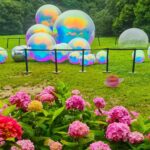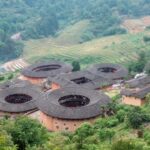Hello from Chongqing, the bustling city that has taken the social media world by storm! As a popular tourist destination, Chongqing’s popularity never seems to wane, with videos showcasing the city’s crowds and endless activities.
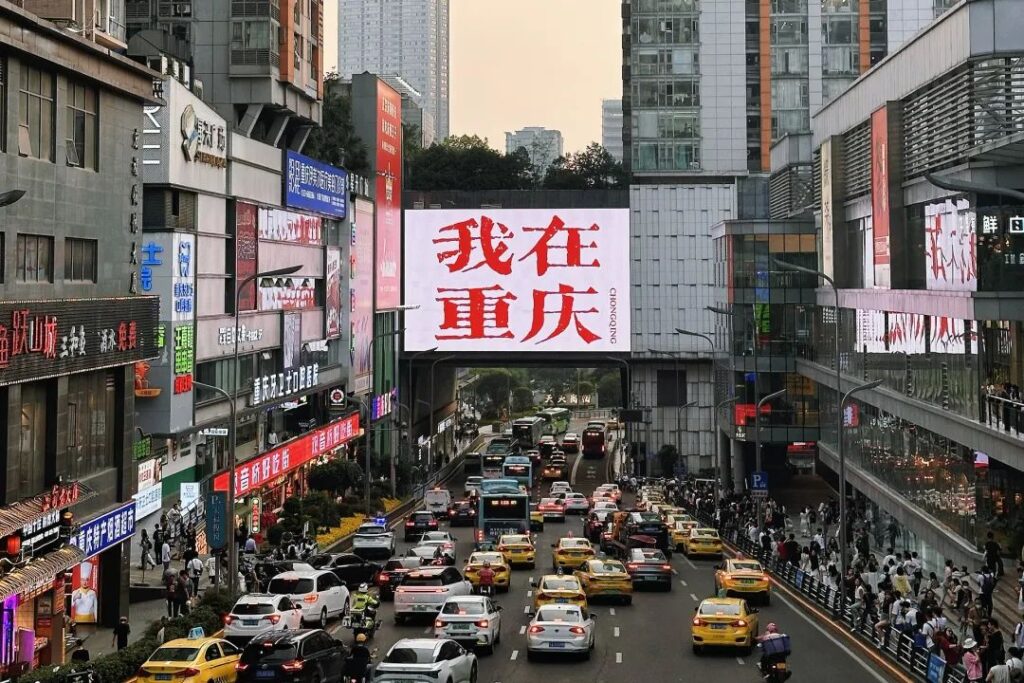
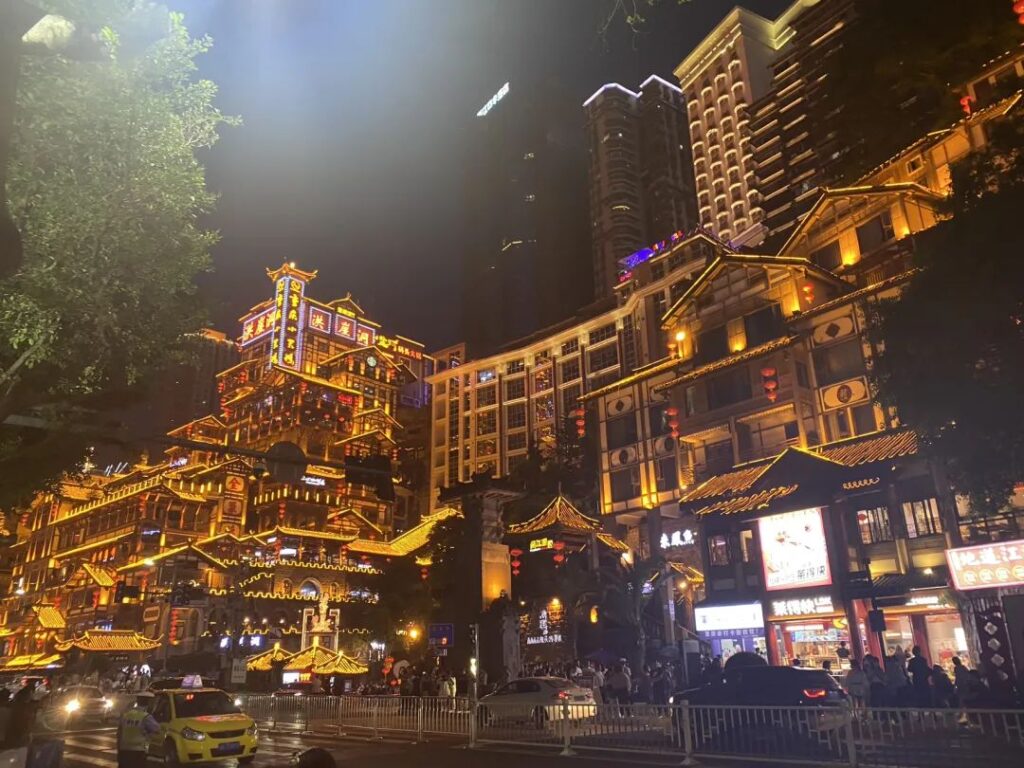
Chongqing is often associated with its 8D magical city label, and navigating through this labyrinthine metropolis can be a challenge for those with poor sense of direction and an aversion to walking, like myself.
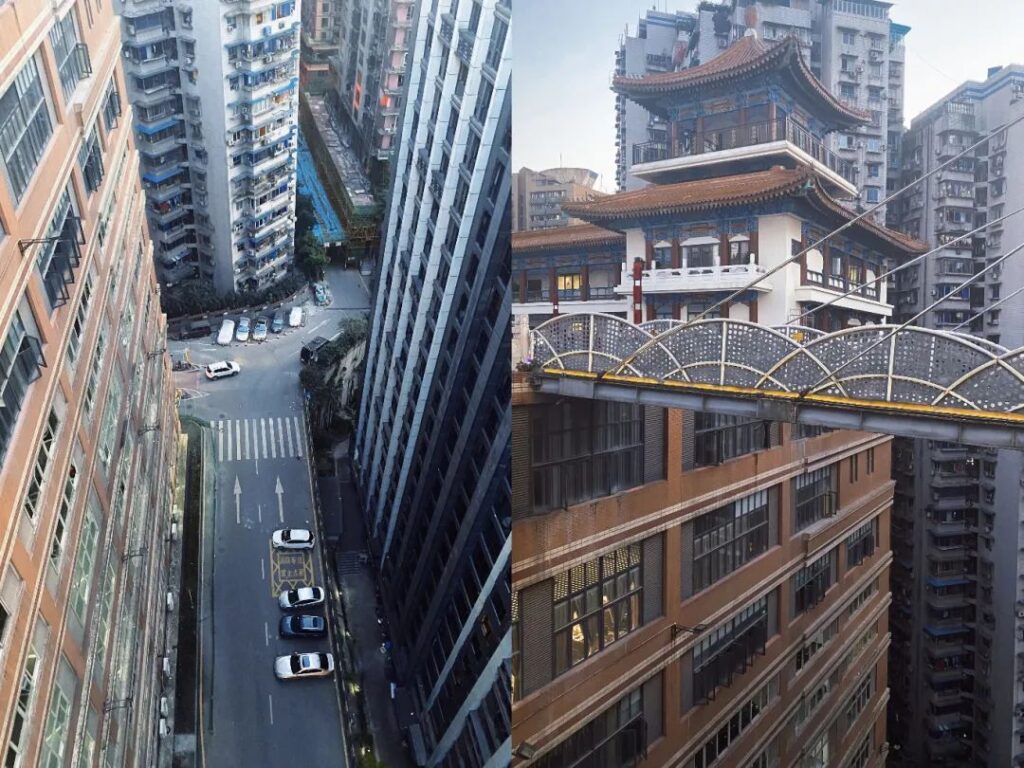
Despite the numerous travel guides and articles written about Chongqing over the years , I wanted to experience the city in a new way during my third visit, especially considering the summer heat.
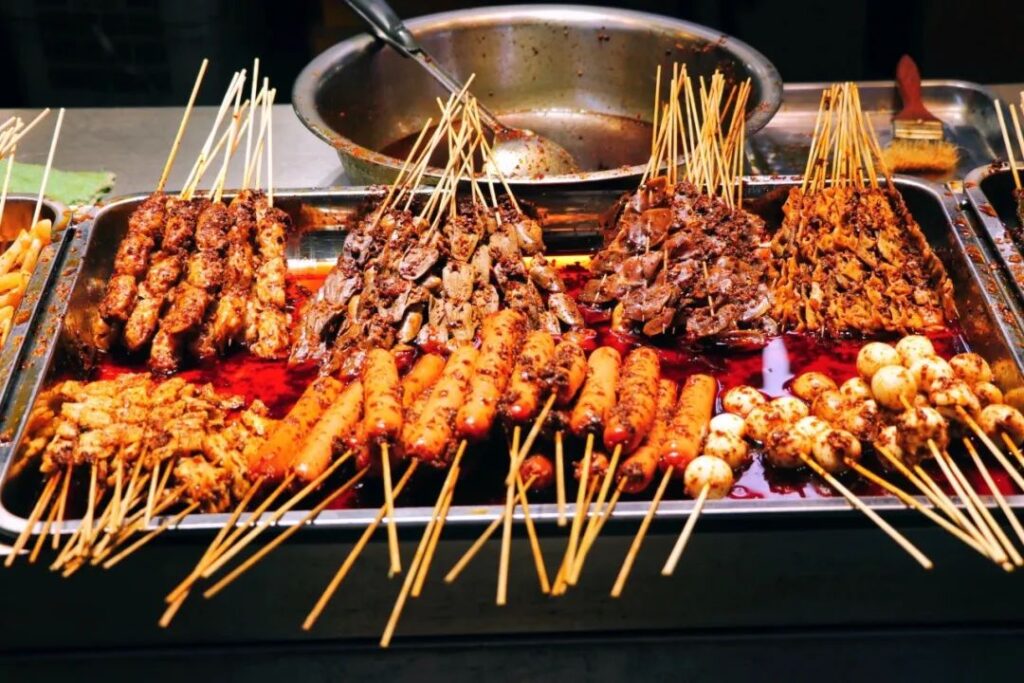
A friend from Chongqing recommended a special bus service – the Chongqing Tourist Bus. Apparently, it connects almost all the tourist attractions within the city and operates on a hop-on, hop-off basis with a single ticket.
Of course, I had to check it out for our readers!
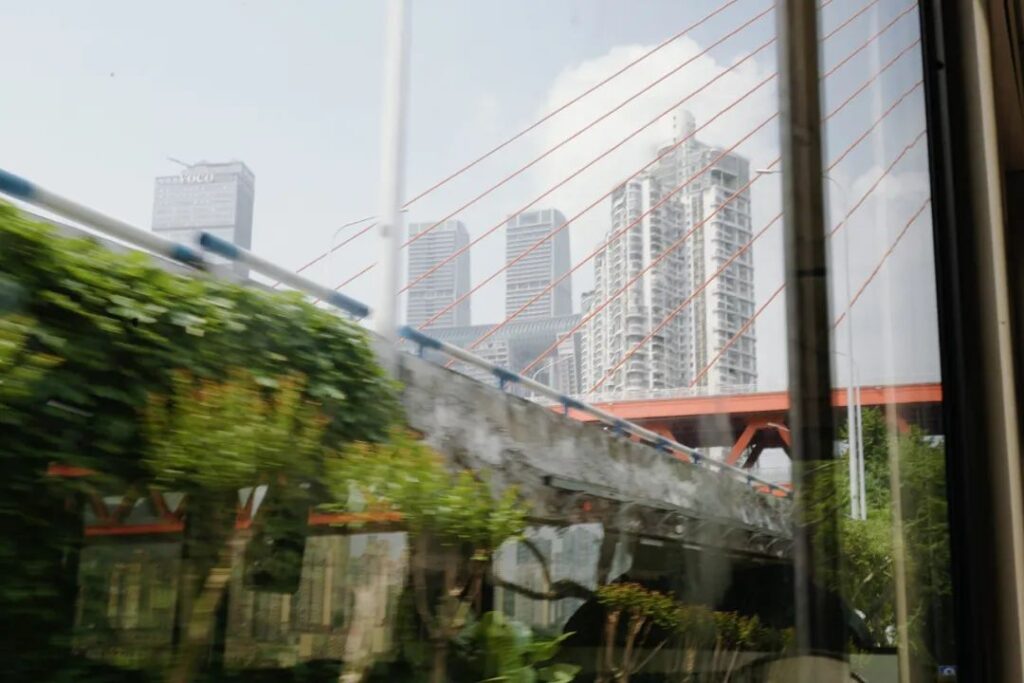
Currently, there are eight or nine routes for the Chongqing sightseeing bus.
The most popular ones are T888, T002, and T480.
T888 is the Two Rivers and Four Banks loop, which includes some lesser-known hidden gems, making it my top recommendation.
T480 is a single-loop route within the Yuzhong District, covering popular attractions such as the Yangtze River Cableway, Hongya Cave, Chaotianmen, and Huguang Guild Hall. However, it does not include Liziba and Baixiangjv, making it suitable for those who plan to explore only the Yuzhong District.
T002 leads to the Ciqikou Ancient Town and passes by Liziba, Baixiangjv, and Hongyan Village.
There is also a separate ticket required for the Two Rivers Night Tour T041, which I believe is entirely unnecessary given its steep price of 98 yuan. It’s better to take a taxi and explore the riverbanks on your own.
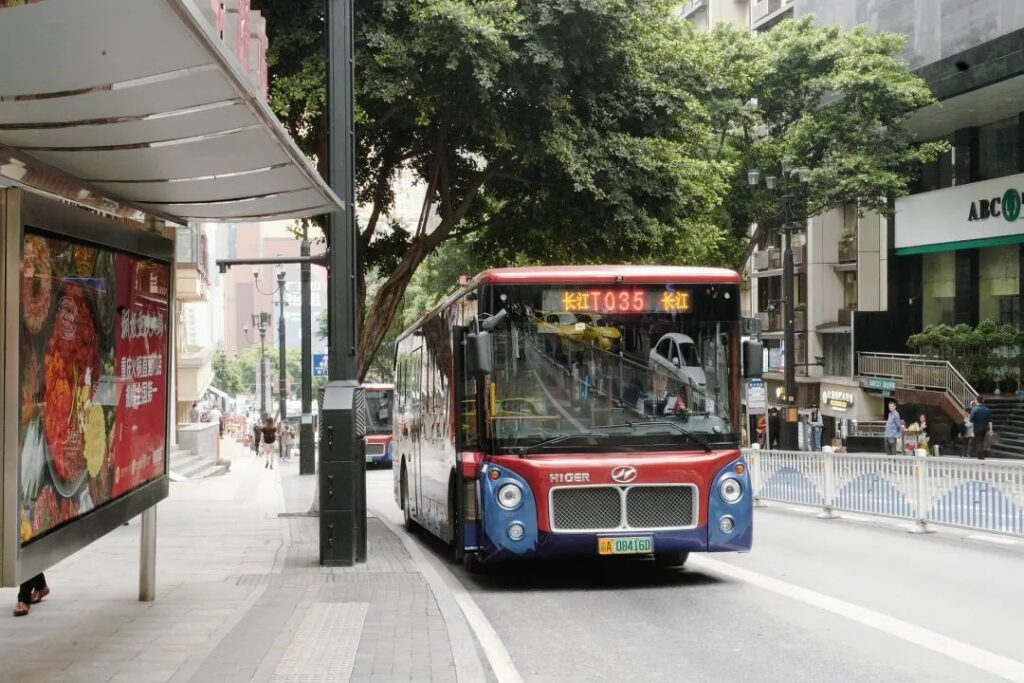
The bus has two distinctive starting points in the city center: Liberation Monument Lailong Alley (Dashijie Hotel) and the Yangtze River Cableway. If you’re staying nearby, you can wait for the bus at these starting points and even purchase some cultural and creative products.
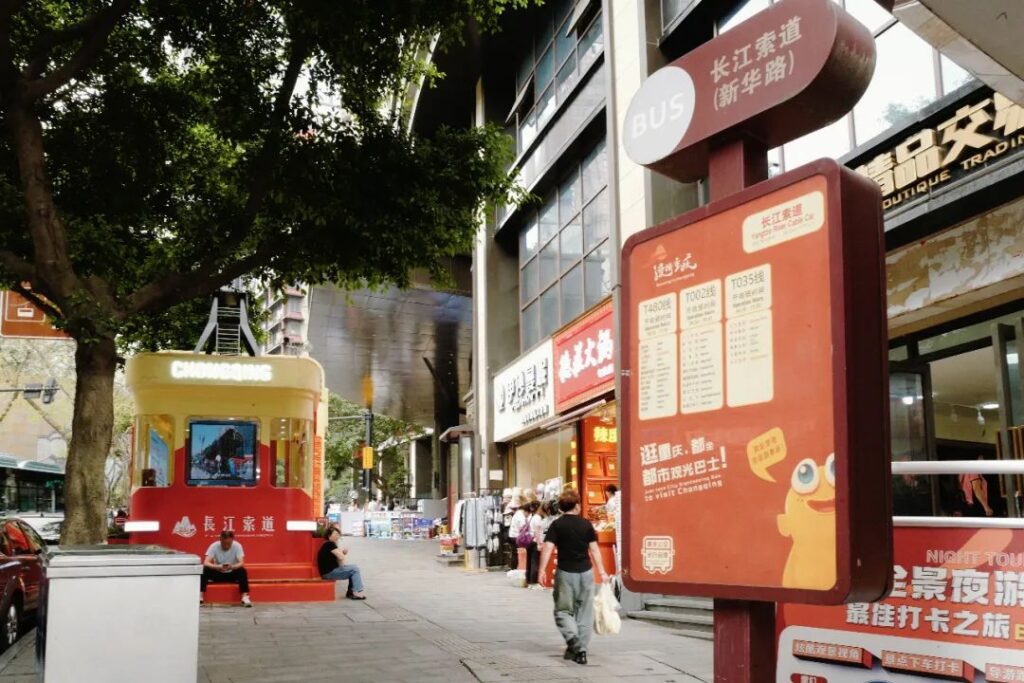
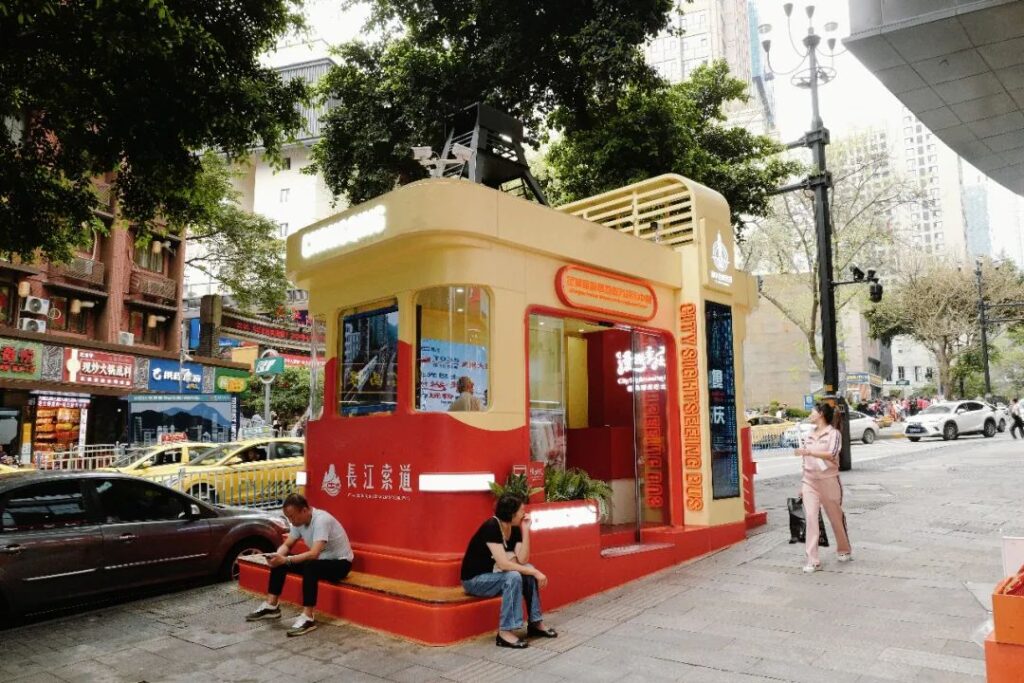
The red and blue tourist buses are easy to spot, and the fares are significantly higher than regular public buses, with a single ticket costing 10 yuan. As a result, these buses are much more luxurious than the average public transport.
While the exterior may seem ordinary, the interior boasts numerous highlights.
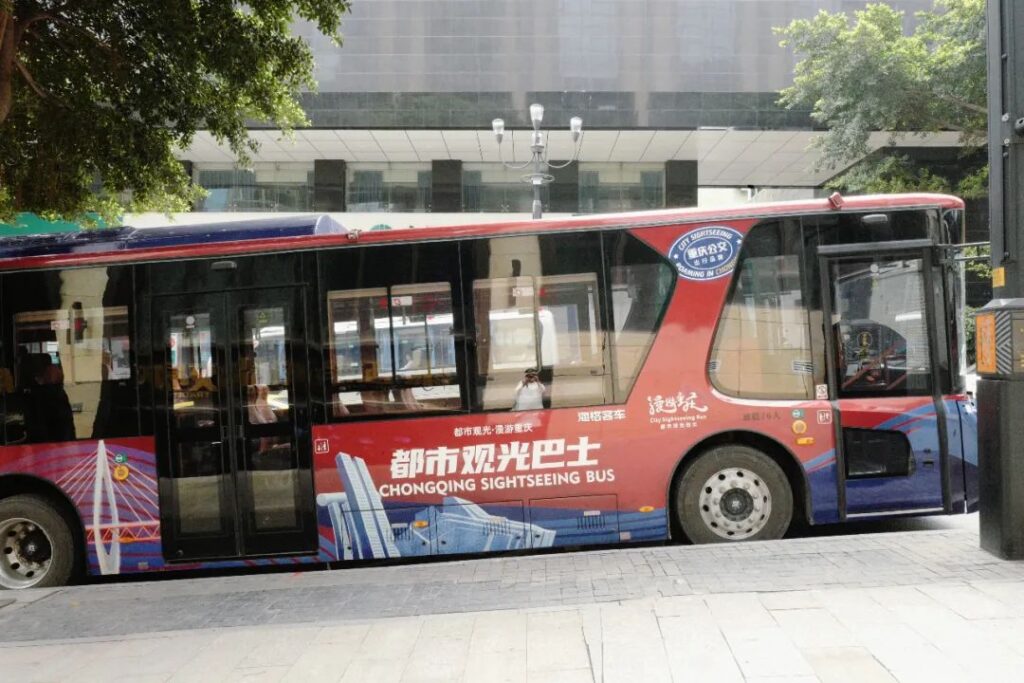
All the seats are made of leather, ensuring maximum comfort.
There are facing seats with a small table in between, perfect for group travelers. Perhaps due to it being a weekday afternoon, the tourist bus was nearly empty, allowing me to enjoy the entire space to myself.
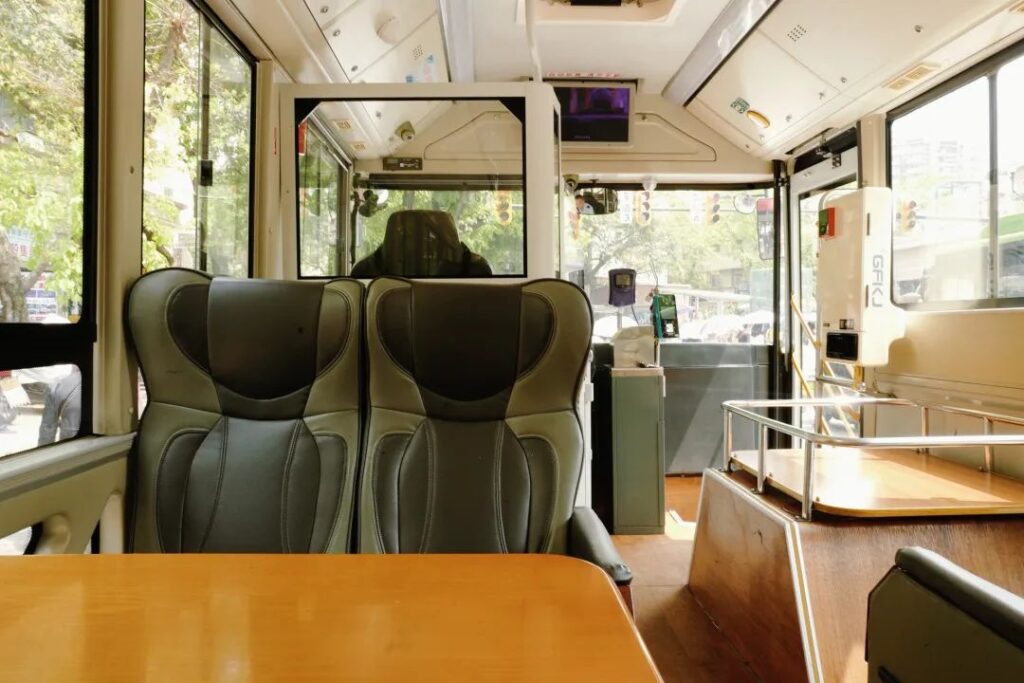
Each seat has a designated spot for beverages, and there are charging ports in front of the seats, demonstrating great attention to detail.
On the other side, there is a small water dispenser, making it super convenient if you bring your own tea cup. The bus is indeed much more luxurious than a regular public bus.


Having introduced the “hardware” of this tourist bus, I will now focus on the T888 route, as it includes several attractions that foreign tourists don’t often visit.
The T888 route: Liberation Monument – Xiaoshizi – Grand Theater – Science and Technology Museum – Tanzishan Station – Nanbin Road ICBC – Clock Tower – Xuantan Temple – Dongshui Gate Bridge Longmen Haoyue – Haitang Yanyu Park – Baixiang Street – Huguang Guild Hall – Chaotianmen Pier 9 – Liberation Monument
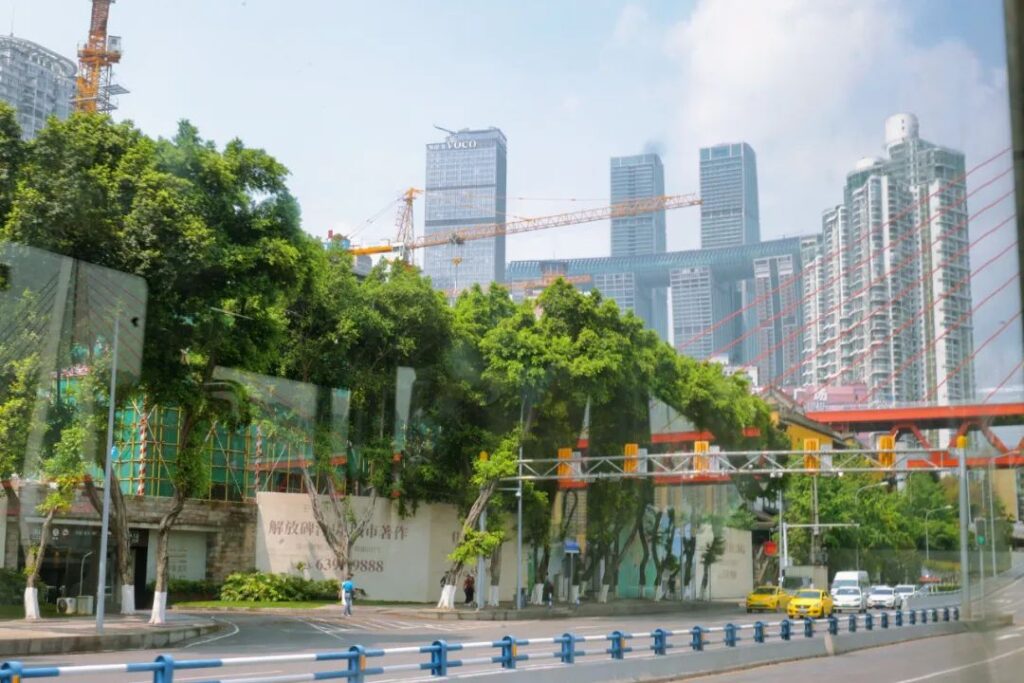
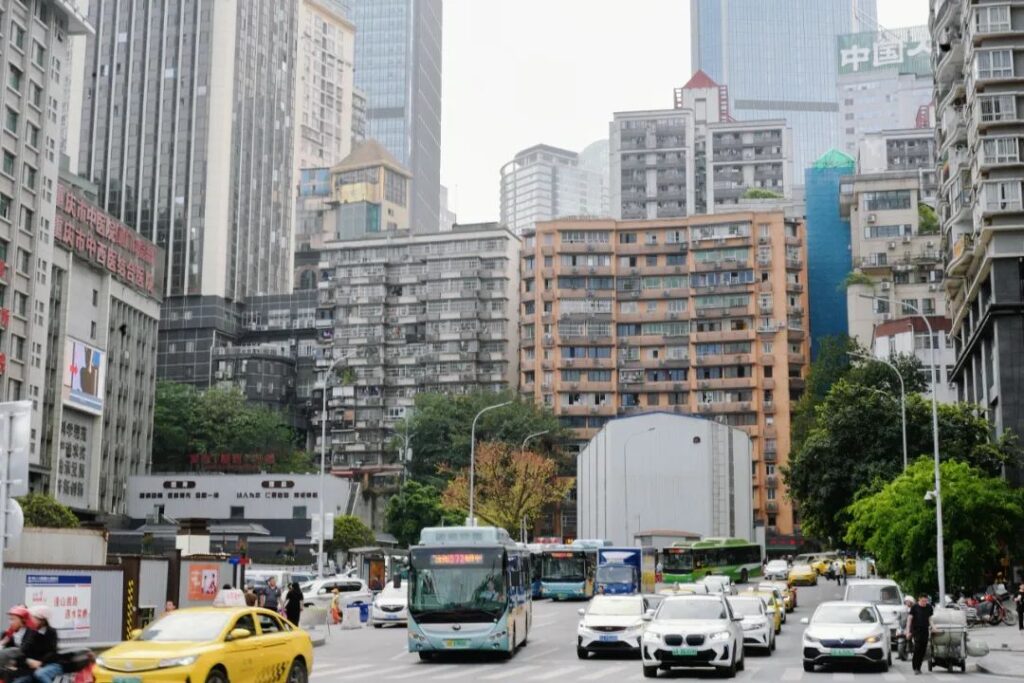
Liberation Monument needs no introduction, as it is the heart and soul of Chongqing. The Liberation Monument Business District is a must-visit landmark for everyone coming to Chongqing.
Staying near the Liberation Monument, you can find almost all of Chongqing’s delicacies nearby, which is very convenient, although it can be a bit noisy.
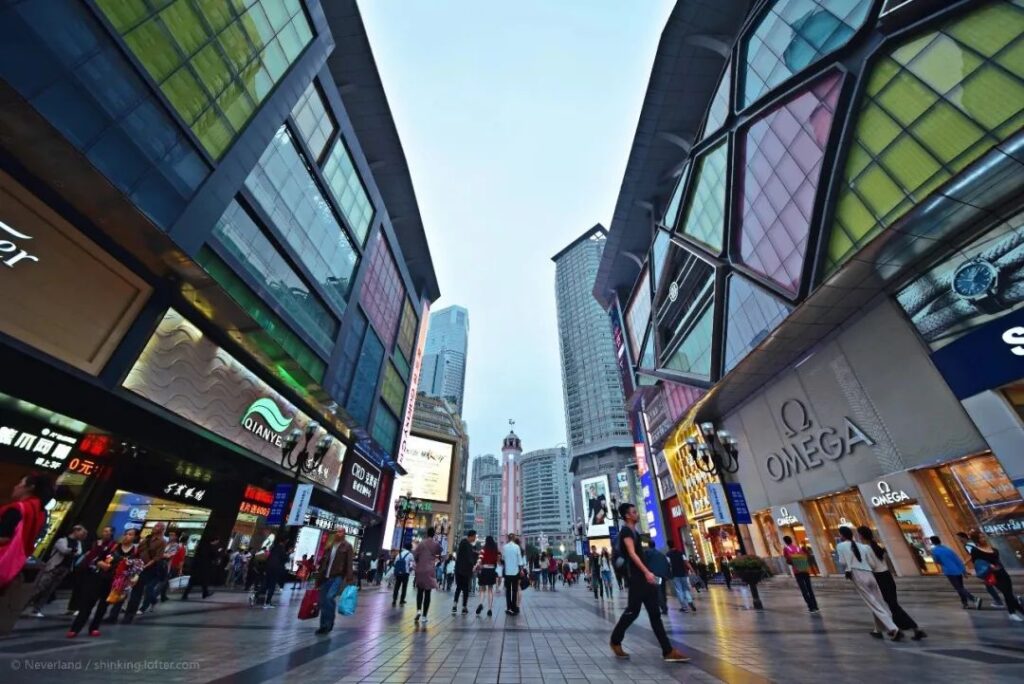
Xiaoshizi is located between Liberation Monument and Chaotianmen, within the broader Liberation Monument Business District.
Unlike the Liberation Monument area, this area is a haven for affordable shopping, with the largest wholesale market for small commodities in the Southwest region. As someone from Zhejiang, I’m not particularly interested in these small commodities, but it’s nice to find some inexpensive and good-quality accessories here.
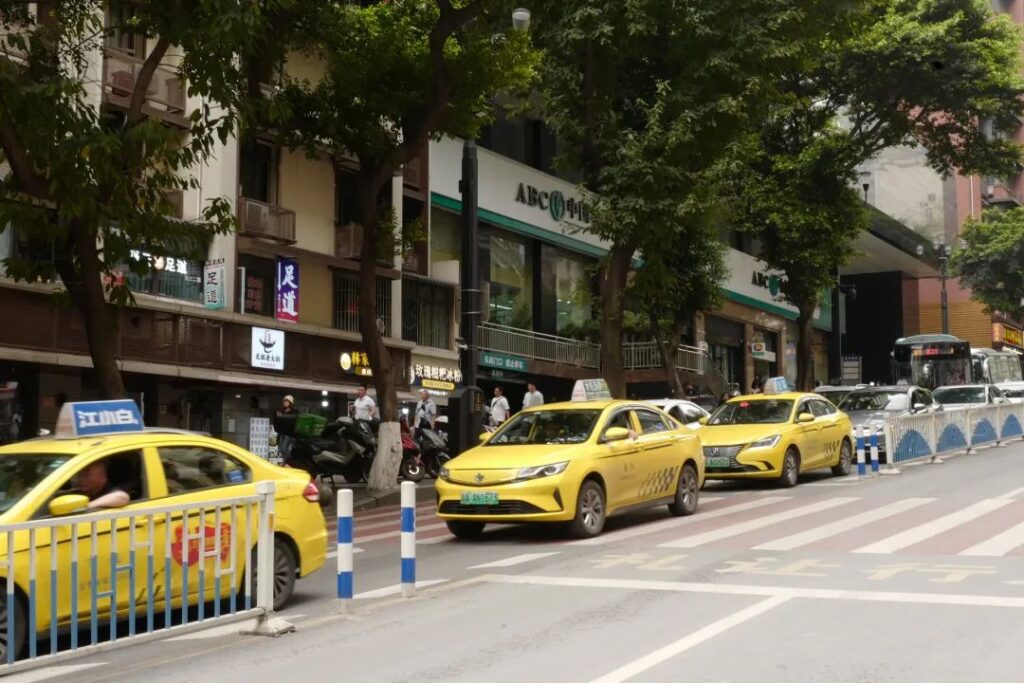
In addition to the small commodities market, Xiaoshizi is very close to the Yangtze River Cableway, making it a convenient stop if you plan to take the cableway.
This area is also near the famous “Xinhua Road shooting Raffles City” spot that went viral on social media. You can easily take stunning photos here and impress your friends on WeChat Moments with just a few poses.
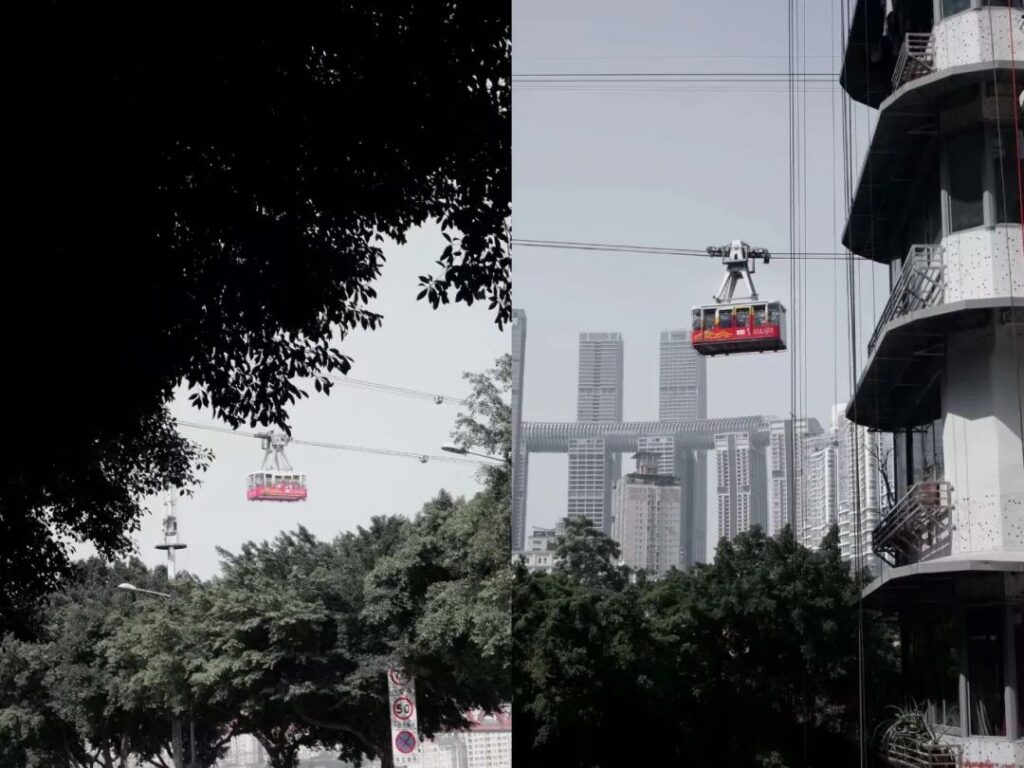

The next stops, the Grand Theater and the Science and Technology Museum, are usually not included in tourist itineraries for Chongqing. However, their locations are excellent, forming a triangle of Chongqing’s most beautiful night views with the Raffles City Plaza across the river and the Longfor Paradise Walk diagonally across the river.
In fact, there is a very famous spot for viewing Hongya Cave near the Grand Theater parking lot.
Of course, if you have enough time in Chongqing and enjoy art, performances, and science, these two places are quite interesting.

Tanzishan is a piece of the city puzzle that most Chongqing people have selectively forgotten. The recreated Tanzishan Old Street is great for taking photos, with many European-style churches and Chinese courtyards, allowing you to take pictures in various styles without needing much technique to impress your friends on WeChat Moments.
However, the stretch from Tanzishan Station to Nanbin Road ICBC is filled with delicious restaurants. Let me recommend a few that I’ve tried without further ado.

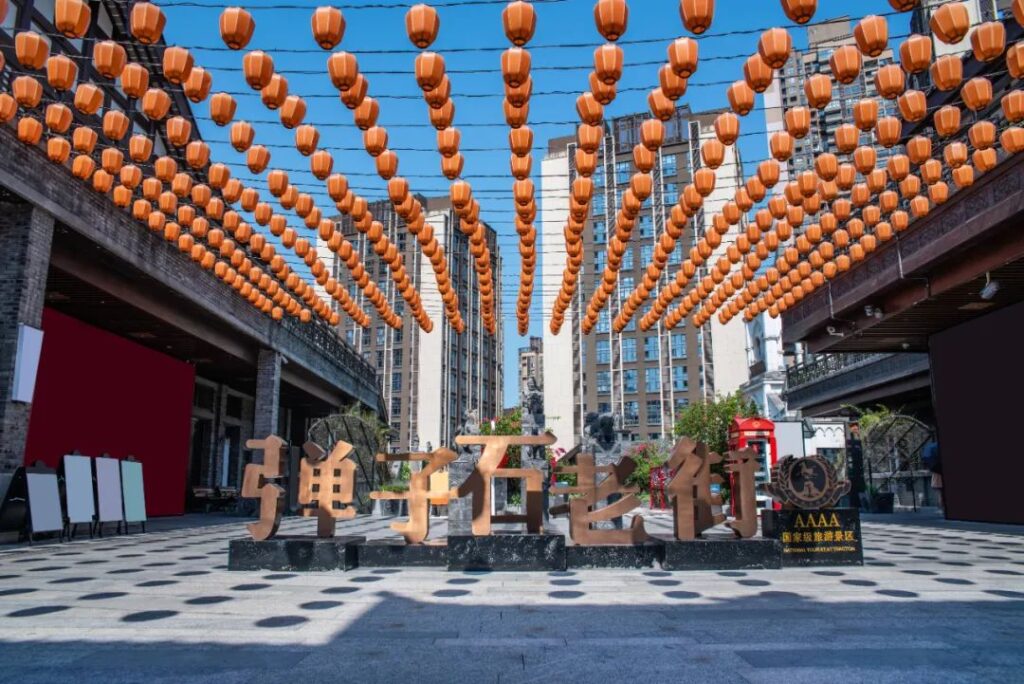
Nanbin Zhang Duck “Zhang’s Braised Duck”
The first store opened on Shanxin Street in 1984, and the Tanzishan store is the third one.
This place is extremely popular, a nearly 40-year-old restaurant that usually has a long queue, making it a top-tier establishment. The braised duck is visually appealing, aromatic, and delicious, with thin skin and lean meat, boasting a unique local flavor.
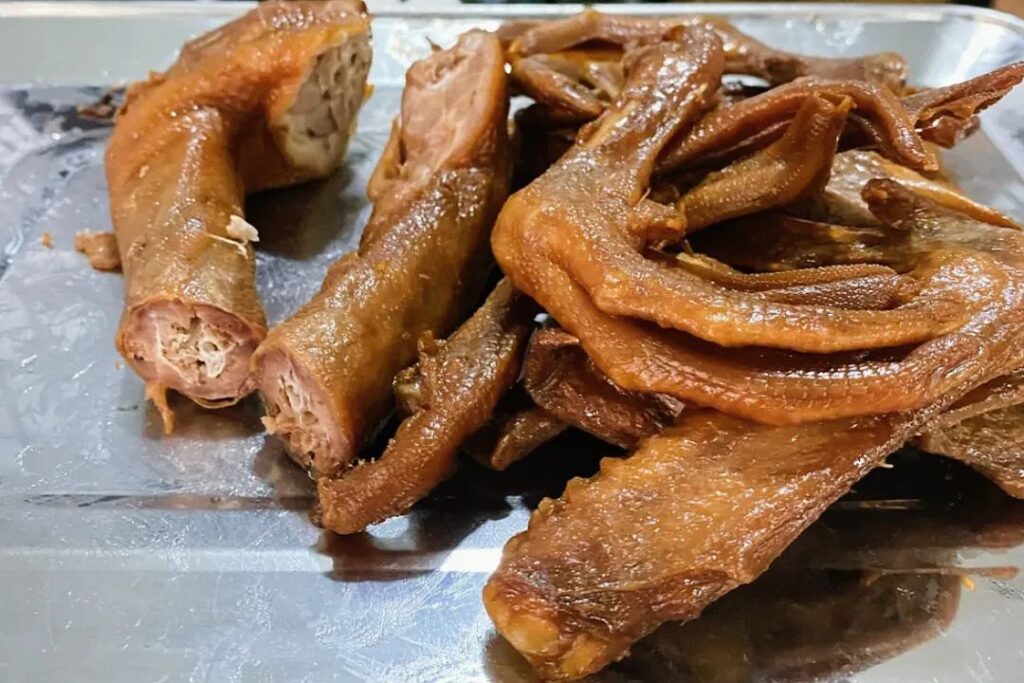
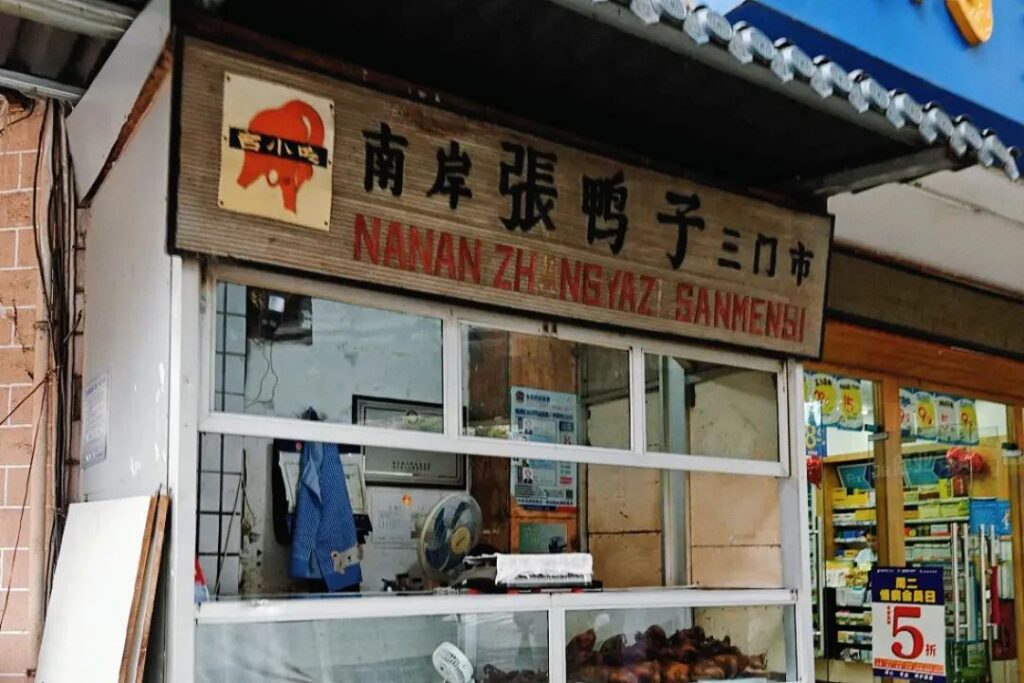
Xiaobei Flavor
Located opposite Nanbin Zhang Duck, Xiaobei Flavor is another well-known old restaurant among Chongqing residents. Xiaobei Flavor Restaurant still maintains its traditional handmade techniques for making noodles in the Tanzishan Old Street of Nanbin District.
The noodles here are truly delicious! Whether in winter or summer, you’ll be sweating profusely after eating, giving you energy for the whole day.
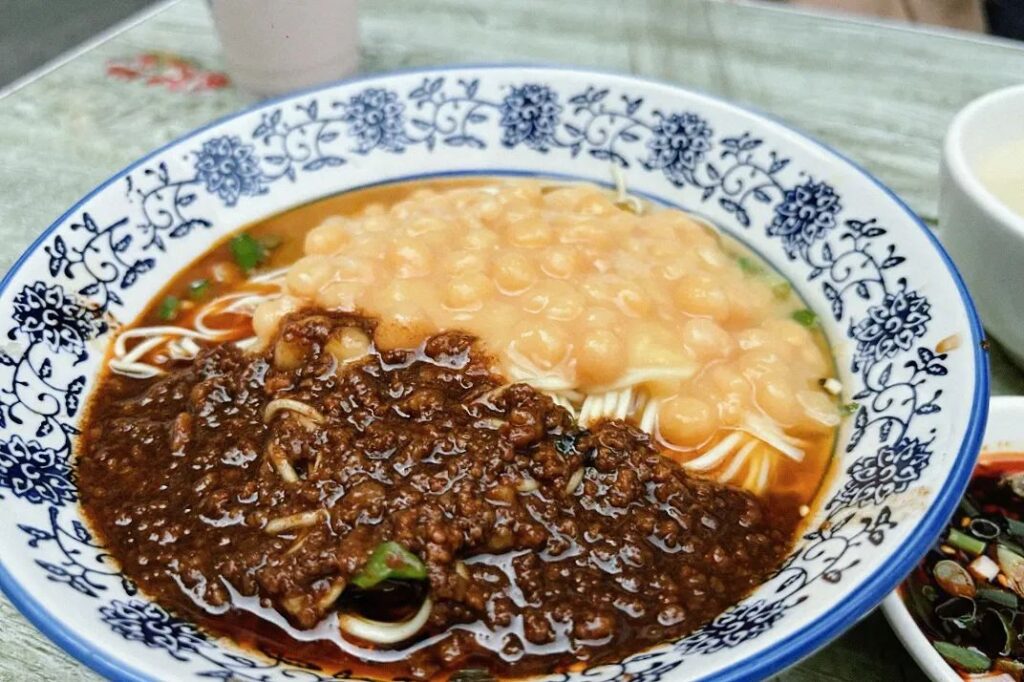
From the Clock Tower along Nanbin Road to Haitang Yanyu Park, it’s basically a journey of river views.
I want to focus on Haitang Yanyu Park because the name sounds so beautiful. It has the largest musical fountain in China, although it looks better at night.
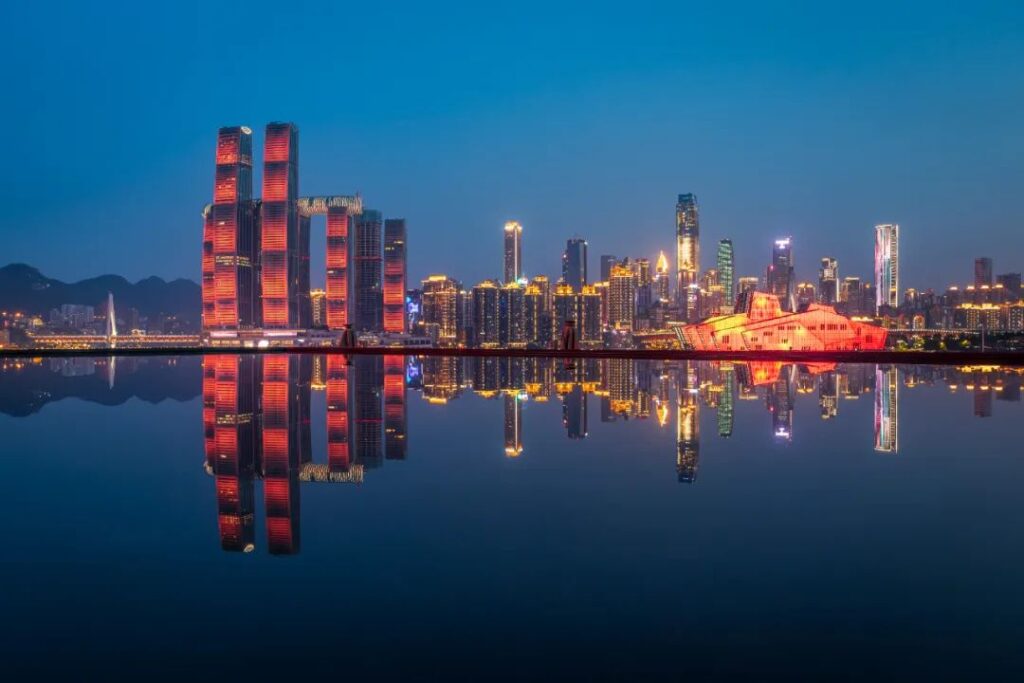
With food, drinks, shopping, and entertainment, connecting the Yuzhong, Jiangbei, and Nanbin districts, each stop has its own little surprises. I really like the route planning. However, the one-hour interval between buses makes it very easy to miss and very difficult to wait for if you do miss it.
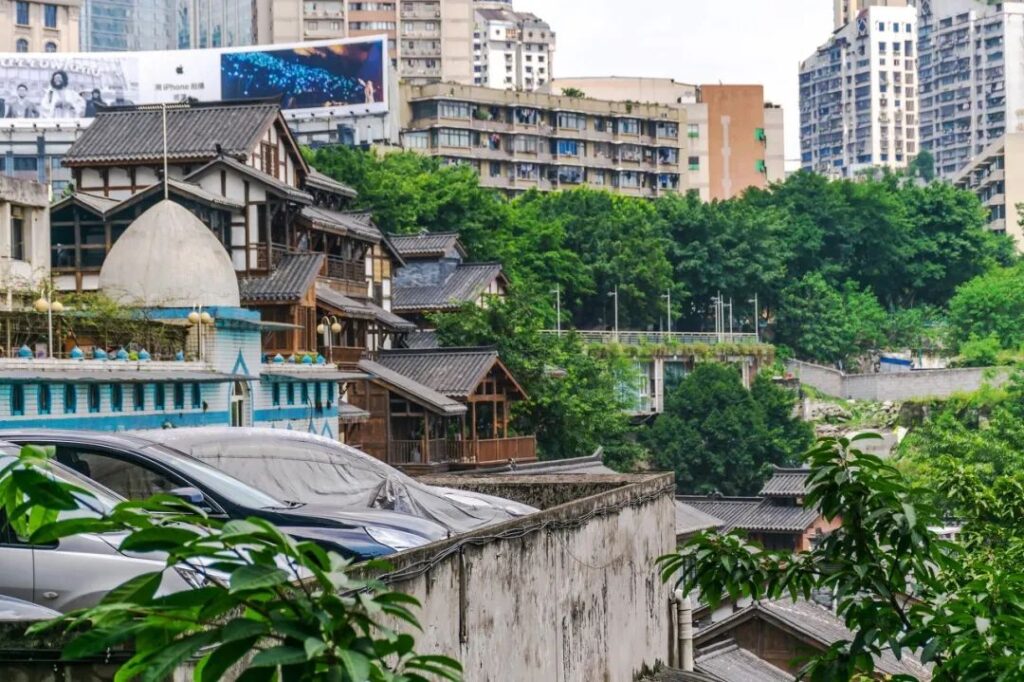
In short, taking the tourist bus is much more comfortable because the hardware conditions are much better, and there are very few people, making it a new idea for visiting Chongqing in the summer.
However, the cost of waiting for the bus is relatively high. My opinion is that you can, but it’s not necessary. Moreover, many of the river views only show their charm at night, but the tourist buses stop running at 6 pm.
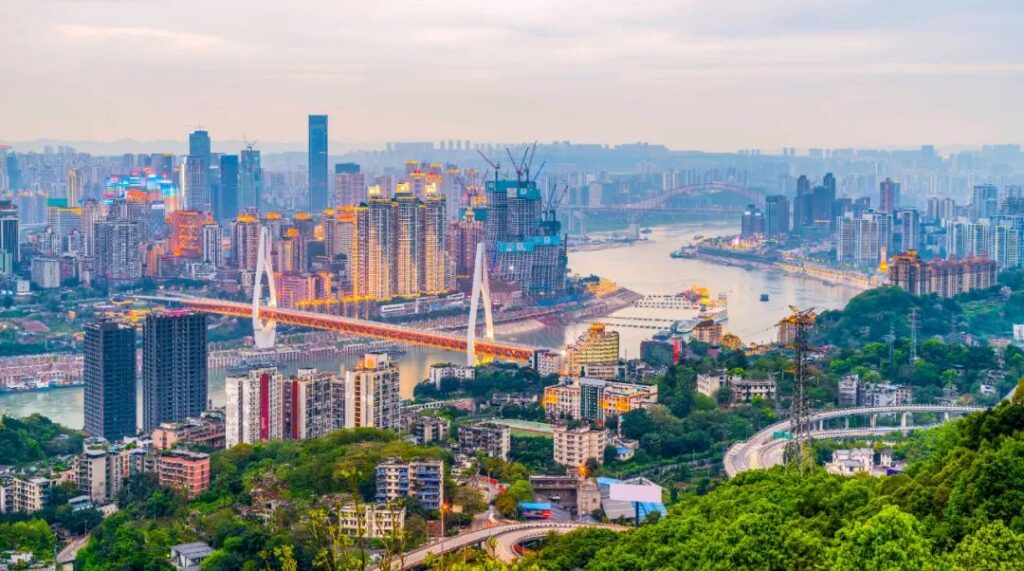
Finally, to summarize:
- Single ticket: 10 yuan, valid for a single ride only
- One-day pass: 38 yuan/ticket (valid for 24 hours after activation)
- Two-day pass: 48 yuan/ticket (valid for 48 hours after activation)
- Three-day pass: 58 yuan/ticket (valid for 72 hours after activation)
With the day passes, you can enjoy unlimited rides within 24/48/72 hours after the first swipe, getting on and off at any stop and transferring freely.
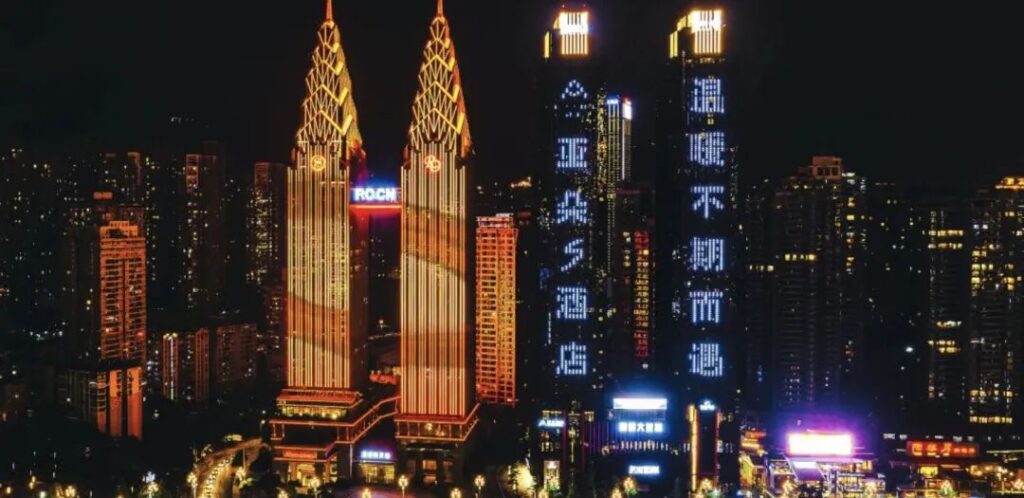
Related Articles:
